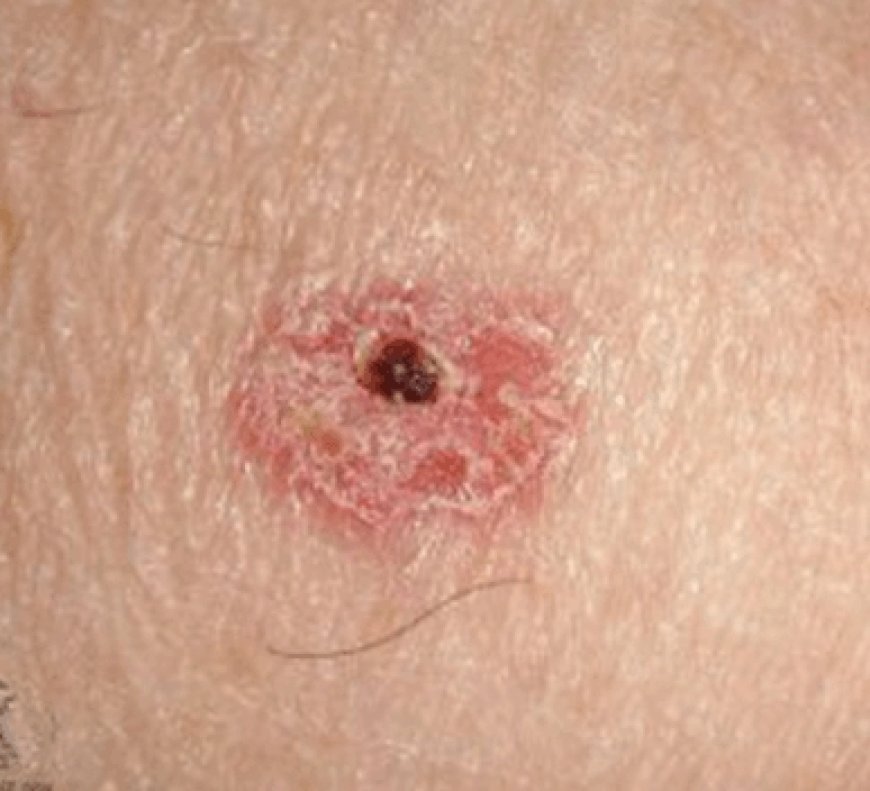Squamous Cell Carcinoma
Squamous cell carcinoma (SCC) is a type of skin cancer that originates in the squamous cells, which are flat cells found in the outer layer of the skin (epidermis).

Squamous cell carcinoma (SCC) is a type of skin cancer that originates in the squamous cells, which are flat cells found in the outer layer of the skin (epidermis).
SCC is one of the most common forms of skin cancer and is usually caused by prolonged exposure to ultraviolet (UV) radiation from the sun or tanning beds. However, it can also occur on areas of the skin not typically exposed to sunlight.
Here are some key points about squamous cell carcinoma:
Squamous Cell Carcinoma Causes:
UV Radiation: Chronic exposure to UV rays from the sun or artificial sources (such as tanning beds) is a major risk factor.
Fair Skin: People with fair skin, light hair, and light-colored eyes are more susceptible.
Age: SCC is more common in older adults, but it can occur at any age.
Weakened Immune System: Individuals with a weakened immune system (due to diseases like HIV/AIDS or immunosuppressive medications) are at higher risk.
Chemical Exposure: Long-term exposure to certain chemicals can increase the risk.
Squamous Cell Carcinoma Symptoms:
Persistent Scaly Red Patch: Often feels rough, can bleed easily.
Open Sore: A sore that won't heal or heals and then reopens.
Elevated Growth: A raised growth with a central depression that may bleed.
Wart-like Growth: Can resemble a wart but may rapidly increase in size.
Tender Lump: A firm, red nodule that may be painful to the touch.
Diagnosis and Treatment:
Biopsy: A sample of the suspicious skin area is removed and examined under a microscope to confirm the diagnosis.
Treatment: Treatment options include surgical excision, Mohs surgery (a precise surgical technique to remove the cancer layer by layer), radiation therapy, cryotherapy (freezing the cancer cells), and topical medications.
Prevention:
Sun Protection: Use sunscreen with SPF 30 or higher, wear protective clothing, and seek shade between 10 a.m. and 4 p.m. when the sun's rays are strongest.
Regular Skin Exams: Perform self-exams regularly and have a dermatologist check any suspicious skin changes.
Avoid Tanning Beds: Tanning beds emit UV radiation and increase the risk of skin cancer.
Early detection and prompt treatment of squamous cell carcinoma can significantly improve outcomes. If you notice any changes in your skin, especially if they are persistent or growing, it's essential to see a healthcare provider or dermatologist for evaluation and proper diagnosis.
